The world is home to some truly magnificent creatures, many of which are recognized as the largest animals on Earth. Topping this impressive list is the blue whale, which can reach lengths of up to 100 feet and weigh as much as 200 tons. These gentle giants roam the oceans, primarily feeding on tiny shrimp-like animals known as krill. Following closely behind are the African elephant, the largest land animal, with males reaching heights of up to 13 feet and weighing between 5,000 to 14,000 pounds. Other notable mentions include the saltwater crocodile, known for its immense size and powerful bite, and the giraffe, the tallest land animal, capable of towering over 18 feet thanks to its long neck and legs.
In addition to these giants, several other fascinating species make the list of the largest animals on Earth. The whale shark, the largest fish in the ocean, can grow up to 40 feet long, while the ostrich holds the title for the largest bird, standing as tall as 9 feet. The colossal squid, though elusive, is one of the largest invertebrates known, with specimens reaching lengths of 40 feet or more. Other remarkable animals include the hippopotamus, the green anaconda, and the African bison. Each of these incredible species not only showcases the diversity of life on our planet but also highlights the vastness of the animal kingdom.
Top 10 Largest Animals on Earth
1. Blue Whale (Balaenoptera musculus)
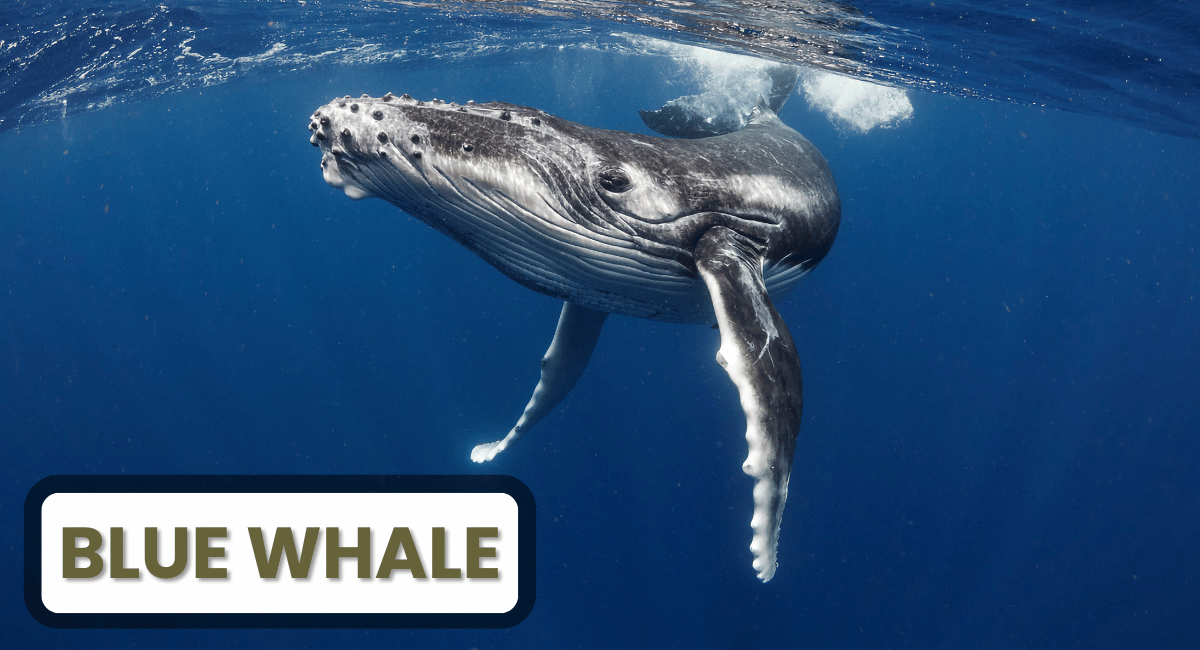
The blue whale (Balaenoptera musculus) holds the title for being the largest animal on Earth, captivating marine biologists and enthusiasts alike with its immense size and grace. These magnificent creatures can reach lengths of up to 100 feet (30 meters) and weigh as much as 200 tons, making them the largest known animal to have ever existed. Their elongated bodies are characterized by a blue-grey color with lighter spots, which helps them blend seamlessly into the ocean. Blue whales primarily inhabit the world’s oceans, migrating seasonally to feed on tiny shrimp-like animals called krill, which they consume in massive quantities during feeding seasons.
Despite their colossal size, blue whales are gentle giants, known for their relatively solitary nature. They communicate through low-frequency sounds that can travel long distances underwater, allowing them to locate mates and navigate the vast ocean. Unfortunately, these incredible creatures face numerous threats, including climate change, ship strikes, and entanglement in fishing gear, which have led to a decline in their populations. Conservation efforts are essential to ensure the survival of the blue whale, the largest animals on Earth, and to maintain the delicate balance of marine ecosystems they inhabit. Protecting their habitats and reducing human impact on the oceans are crucial steps in safeguarding these awe-inspiring animals for future generations.
2. African Elephant (Loxodonta africana)
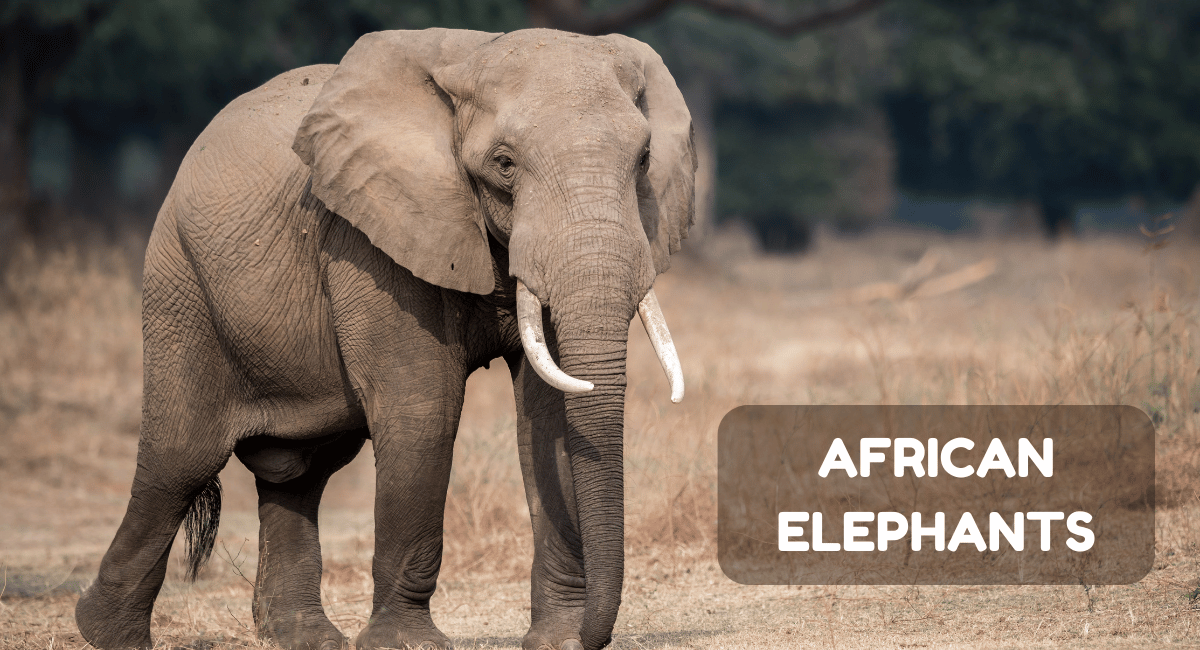
The African elephant (Loxodonta africana) is not only a symbol of wildlife but also holds the title of one of the largest animals on Earth. Standing up to 13 feet tall at the shoulder and weighing as much as 14,000 pounds, these magnificent creatures are known for their impressive size and remarkable intelligence. African elephants are most Intelligent Animals with characterized by their large ears, which help dissipate heat, and their long trunks, which serve a variety of purposes, including feeding, drinking, and social interactions. These gentle giants primarily inhabit savannas, forests, and grasslands across sub-Saharan Africa, where they play a crucial role in maintaining the ecosystem by creating pathways that benefit other species.
In addition to their size, African elephants are known for their complex social structures and strong family bonds. They live in matriarchal herds led by the oldest female, who guides the group and makes important decisions regarding migration and resource allocation. Unfortunately, these largest animals on Earth face significant threats from habitat loss and poaching for their ivory tusks. Conservation efforts are vital to ensure the survival of the African elephant and the ecosystems they support. Protecting these majestic creatures is essential not only for biodiversity but also for the cultural heritage and economic stability of the regions they inhabit.
3. Giraffe (Giraffa camelopardalis)
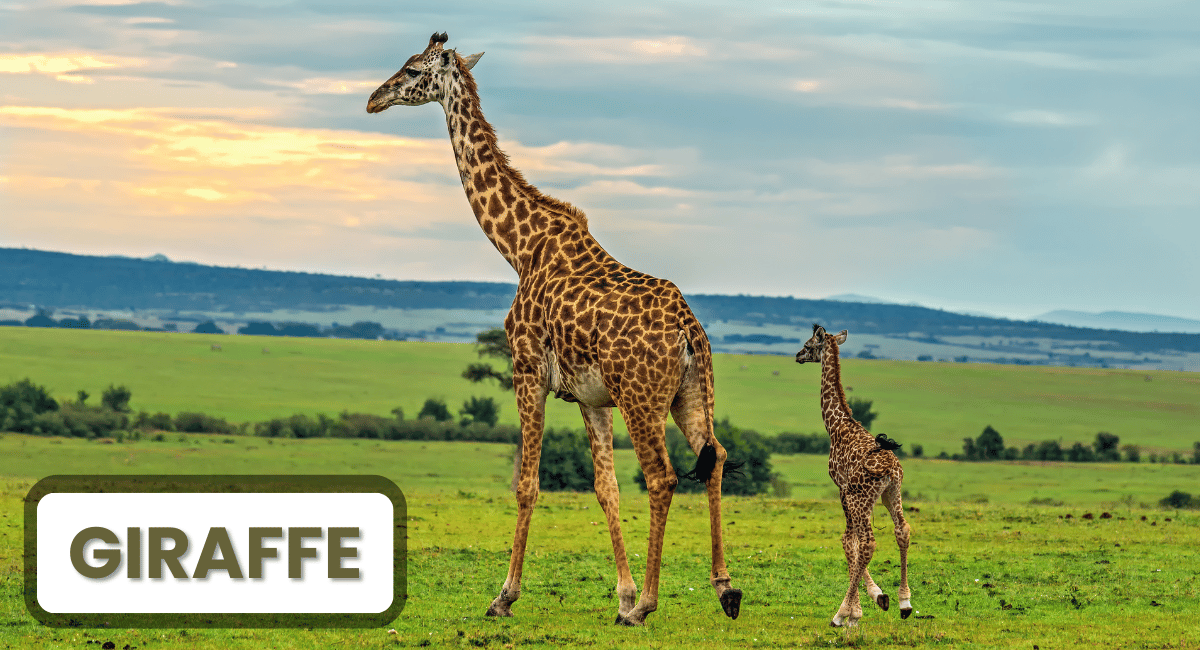
The giraffe, scientifically known as Giraffa camelopardalis, is one of the most recognizable creatures in the animal kingdom, renowned for its incredible height and unique appearance. Standing up to 18 feet tall, these magnificent mammals are the largest animals on Earth in terms of height. Their long necks, which can reach up to 6 feet, are not only a defining characteristic but also serve a critical purpose, allowing them to browse on leaves and vegetation high up in trees, primarily acacia species. Giraffes also possess a distinctive coat pattern, with irregular brown patches separated by lighter-colored fur, which provides effective camouflage in their natural savanna habitats.
Despite their towering stature, giraffes are gentle and social animals that live in groups called towers. Their height gives them an advantage when it comes to spotting predators in the wild, such as lions and hyenas. Additionally, giraffes communicate through various sounds, including grunts and moans, and even through body language. As some of the largest animals on Earth, giraffes play a vital role in their ecosystems by influencing plant growth and serving as prey for larger carnivores. Unfortunately, their populations are threatened due to habitat loss and poaching, making conservation efforts crucial for preserving these iconic giants of the African landscape.
4. Colossal Squid (Mesonychoteuthis douglasii)

The colossal squid (Mesonychoteuthis douglasii) is one of the most fascinating and elusive creatures inhabiting the depths of our oceans. This extraordinary cephalopod, found primarily in the frigid waters around Antarctica, is not only a master of camouflage but also boasts an impressive size, making it one of the largest animals on Earth. With eyes that can reach up to 11 inches in diameter and a body that can measure over 40 feet in length, the colossal squid is truly a marvel of marine biology. Its unique adaptations, including specialized tentacles lined with sharp hooks, enable it to capture prey such as fish and other squid in its dark, underwater habitat.
Despite its massive size, the colossal squid remains relatively mysterious due to the challenges of studying it in its natural environment. Researchers believe that its deep-sea lifestyle contributes to its elusive nature, making encounters with this giant a rare event. As the largest animals on Earth, these fascinating squids play a crucial role in the marine ecosystem, serving as both predator and prey. The continued study of the colossal squid not only enhances our understanding of deep-sea biodiversity but also highlights the need for conservation efforts to protect these remarkable creatures from threats such as climate change and overfishing.
5. Sperm Whale (Physeter macrocephalus)
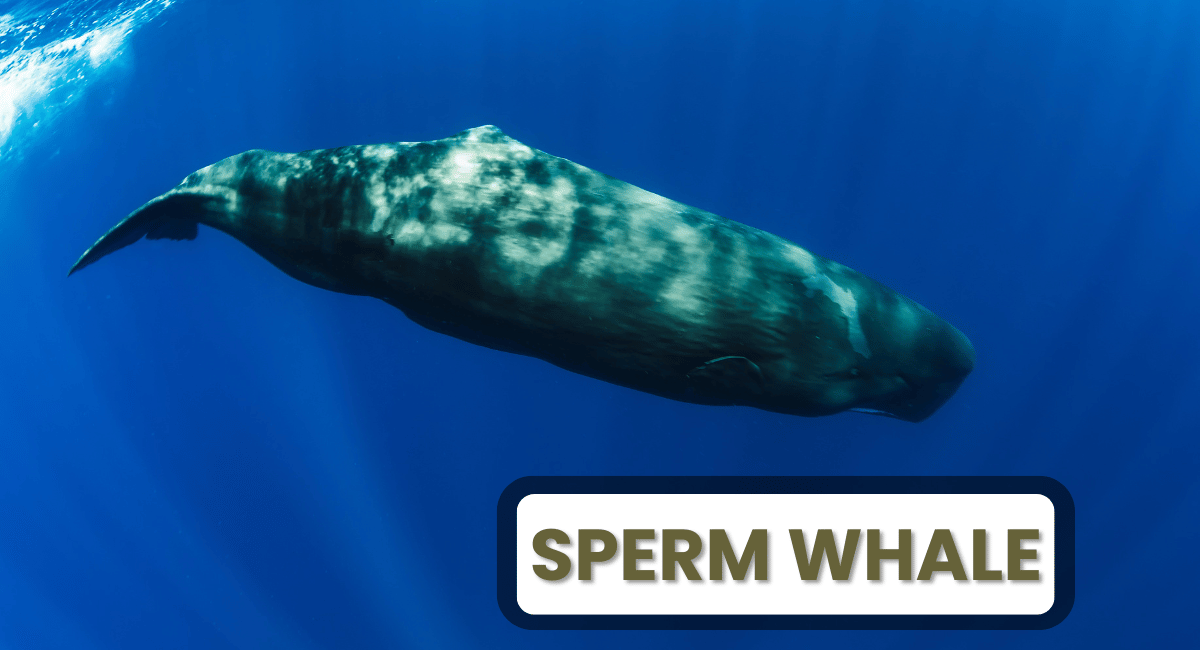
The sperm whale, scientifically known as Physeter macrocephalus, is one of the largest animals on Earth, reaching lengths of up to 20.5 meters (67 feet) and weighing as much as 57,000 kilograms (125,000 pounds). These majestic marine mammals are known for their distinctive large heads, which can account for up to one-third of their total body length. Sperm whales are highly social creatures, often found in pods that consist of females and their young, while mature males tend to roam alone or in small groups. They are renowned for their deep diving abilities, capable of plunging to depths of over 2,000 meters (6,600 feet) in search of their primary prey—giant squid.
Despite their immense size, sperm whales face various threats, including hunting, entanglement in fishing gear, and the impacts of climate change on their habitat. Their loud clicks and vocalizations are among the loudest sounds produced by any animal, reaching levels of 230 decibels, making them fascinating subjects of study in marine biology. As one of the largest animals on Earth, sperm whales play a crucial role in ocean ecosystems, helping to maintain the balance of marine life. Conservation efforts are vital to ensure the survival of these remarkable creatures and their habitats for future generations.
6. Brown Bear (Ursus arctos)
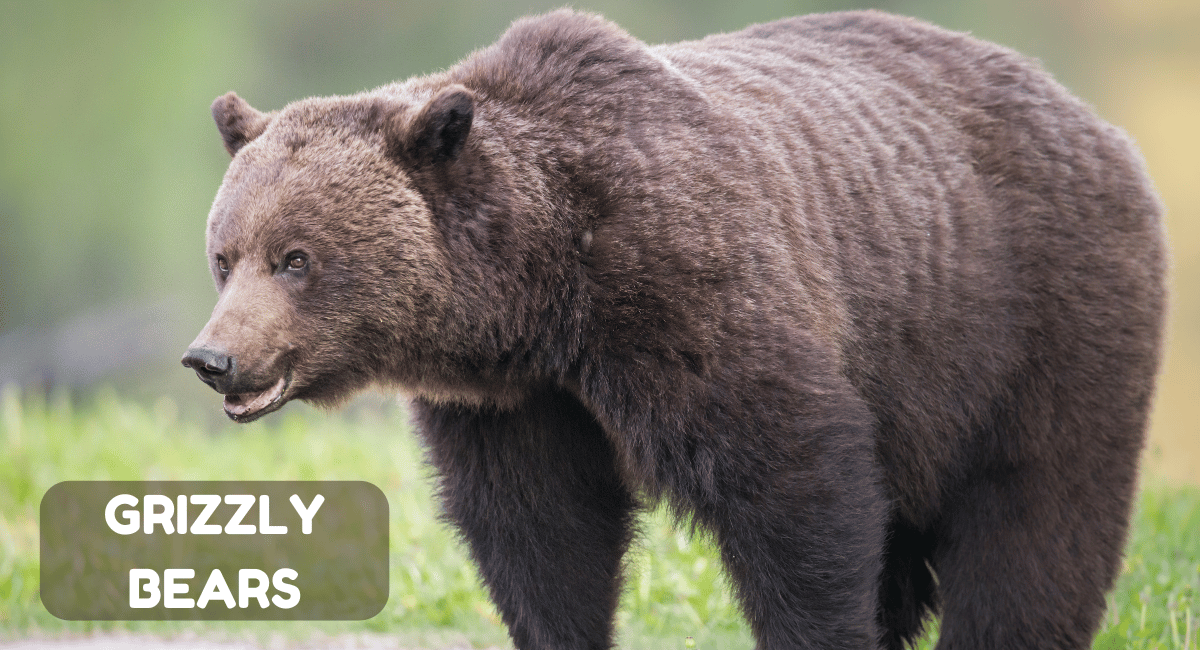
The brown bear (Ursus arctos) is one of the most iconic and formidable species among the largest animals on Earth. Found in various habitats across North America, Europe, and Asia, these magnificent creatures can weigh anywhere from 300 to 1,500 pounds, depending on their subspecies and habitat conditions. Brown bears are characterized by their powerful build, long claws, and a distinctive hump on their backs, which is a mass of muscle that aids in digging and foraging. They are omnivorous, feeding on a diverse diet that includes berries, fish, and small mammals, which enables them to thrive in different environments.
Brown bears are not only impressive due to their size but also their adaptability. They can be found in forests, mountains, and tundra, showcasing their versatility as one of the largest animals on Earth. These bears are known for their incredible strength and agility, capable of running up to 30 miles per hour over short distances. Their life cycle involves periods of hibernation during the winter months, where they enter a deep sleep to conserve energy when food is scarce. As apex predators, brown bears play a crucial role in maintaining the ecological balance in their habitats, making them essential to the health of their ecosystems.
7. Saltwater Crocodile (Crocodylus porosus)
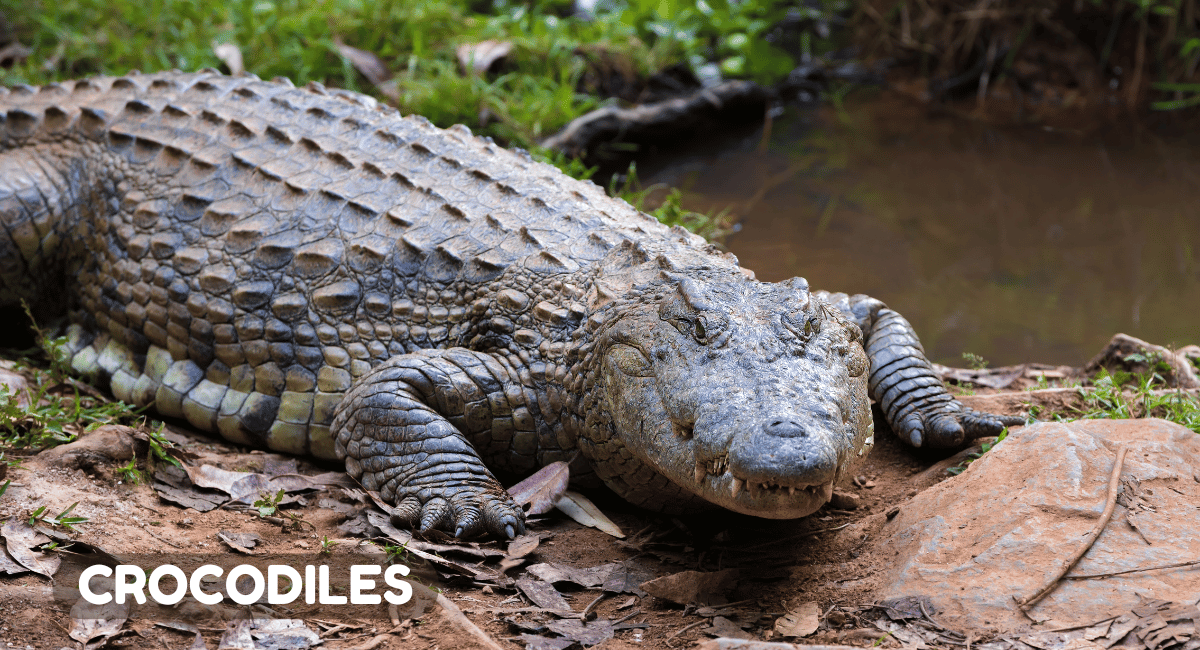
The saltwater crocodile, scientifically known as Crocodylus porosus, is not only the largest living reptile but also one of the largest animals on Earth. These formidable creatures can grow up to 23 feet in length and weigh over 2,200 pounds, making them the largest of all crocodilian species. Found primarily in coastal regions of Southeast Asia, the Pacific Islands, and northern Australia, saltwater crocodiles are known for their remarkable adaptability to various habitats, including brackish and freshwater environments. Their powerful jaws, equipped with sharp teeth, enable them to catch a wide range of prey, from fish and birds to larger mammals that venture too close to the water’s edge.
In addition to their impressive size, saltwater crocodiles possess a fascinating behavior and reproductive strategy. They are solitary and territorial animals, often establishing large home ranges that they defend fiercely. During the breeding season, females build nests on riverbanks or beaches, where they lay up to 60 eggs. After a gestation period of about three months, the hatchlings emerge and are vulnerable to predators, including their own mother. The saltwater crocodile’s role as an apex predator makes it vital for maintaining ecological balance in its habitat, showcasing why it deserves a place among the largest animals on Earth. Its incredible strength and adaptability have allowed this species to thrive for millions of years, making it a true marvel of the animal kingdom.
8. Hippopotamus (Hippopotamus amphibius)
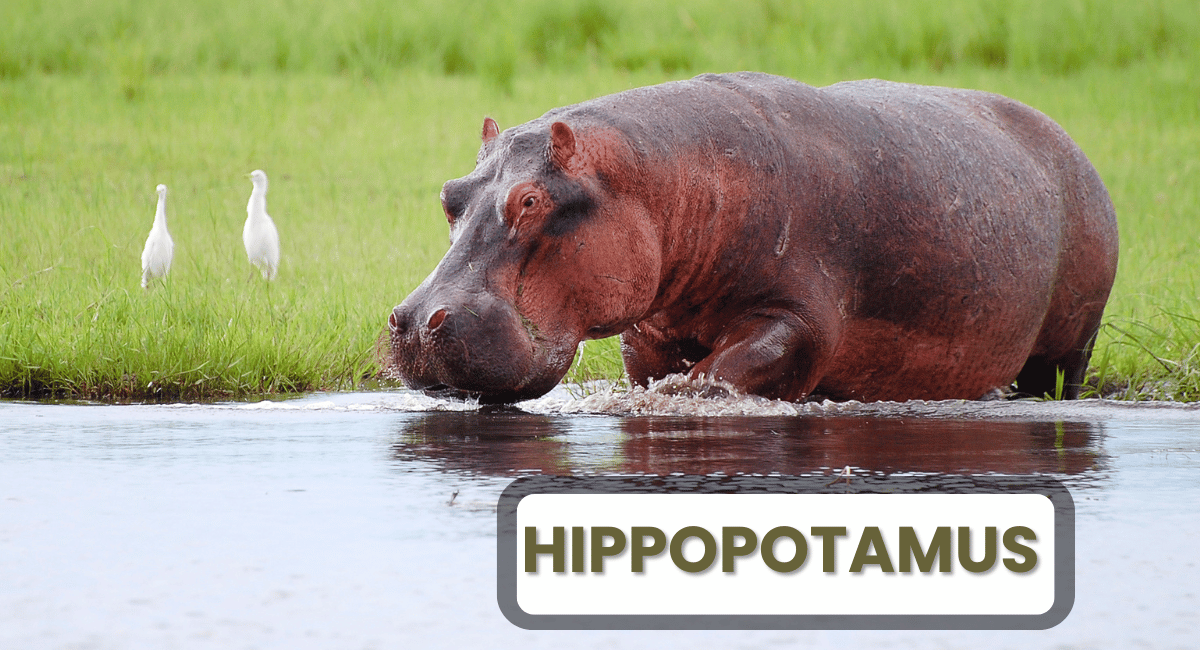
The hippopotamus (Hippopotamus amphibius), often referred to simply as the hippo, is one of the largest animals on Earth, known for its massive size and semi-aquatic lifestyle. Native to sub-Saharan Africa, hippos are primarily found in rivers and lakes, where they spend a significant amount of time submerged to keep their bodies cool under the hot sun. Adult hippos can weigh between 3,000 to 4,000 pounds and measure up to 16 feet in length, making them the third-largest land mammal after elephants and rhinoceroses. Despite their hefty build, hippos are surprisingly agile in water, capable of running up to 19 miles per hour on land, which is remarkable for an animal of their size.
Social creatures by nature, hippos typically live in groups called pods, which can consist of 10 to 30 individuals. These pods are usually led by a dominant male, and they play a crucial role in the hippos’ social structure and behavior. As one of the largest animals on Earth, hippos are also known for their territorial nature, particularly in water. They can be quite aggressive, especially when protecting their young or asserting dominance. Hippos play an essential role in their ecosystem by helping to maintain healthy water habitats and providing nutrients through their waste. Their unique behaviors and adaptations make them a fascinating subject of study in the animal kingdom.
9. African Hippopotamus (Hippopotamus amphibius)
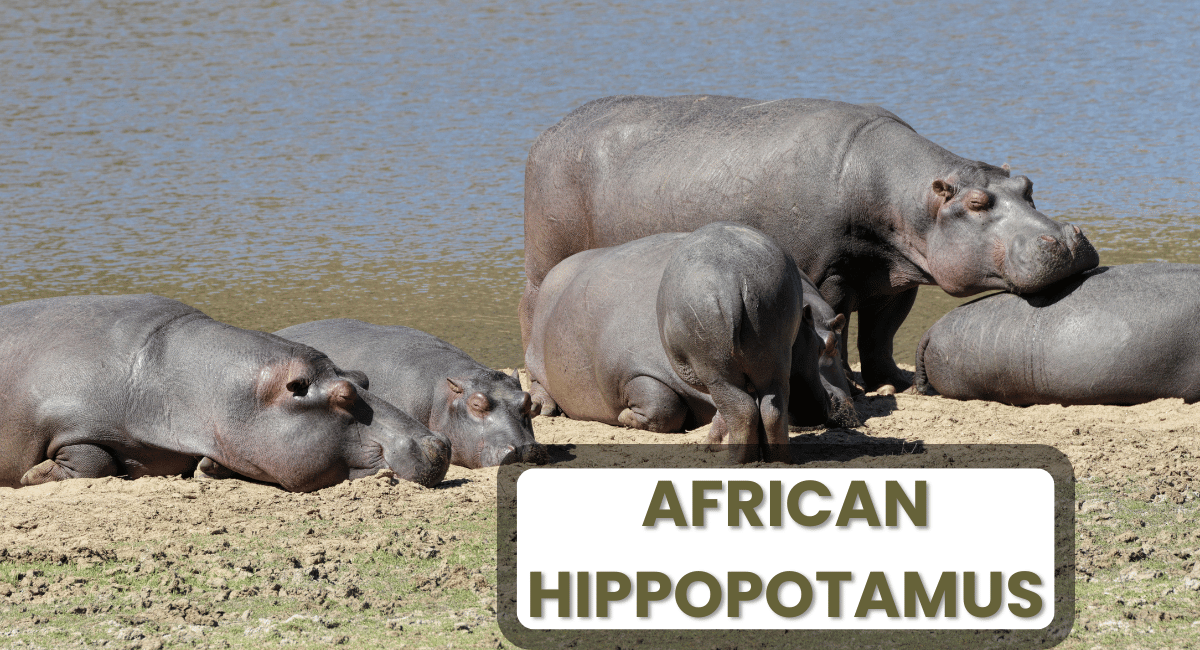
The African Hippopotamus (Hippopotamus amphibius) is one of the most iconic and fascinating creatures native to sub-Saharan Africa. Known for their enormous size and semi-aquatic lifestyle, hippos spend much of their day submerged in rivers and lakes, emerging mainly at night to graze on grass. These massive mammals can weigh between 3,000 to 4,000 pounds and are recognized as one of the largest animals on Earth. Despite their seemingly docile demeanor, hippos are surprisingly aggressive and territorial, making them one of the most dangerous animals in Africa.
As one of the largest animals on Earth, the hippopotamus has a unique physiology that enables it to thrive in its aquatic habitat. Their large mouths, which can open up to 150 degrees, house powerful jaws and tusk-like teeth, essential for defense and dominance. Hippos play a vital role in their ecosystem by helping to maintain riverbank vegetation and providing nutrients to aquatic environments through their waste. With their impressive size and complex social behaviors, the African hippopotamus remains a key species in understanding the biodiversity of African wildlife.
10. Woolly Mammoth (Mammuthus primigenius)
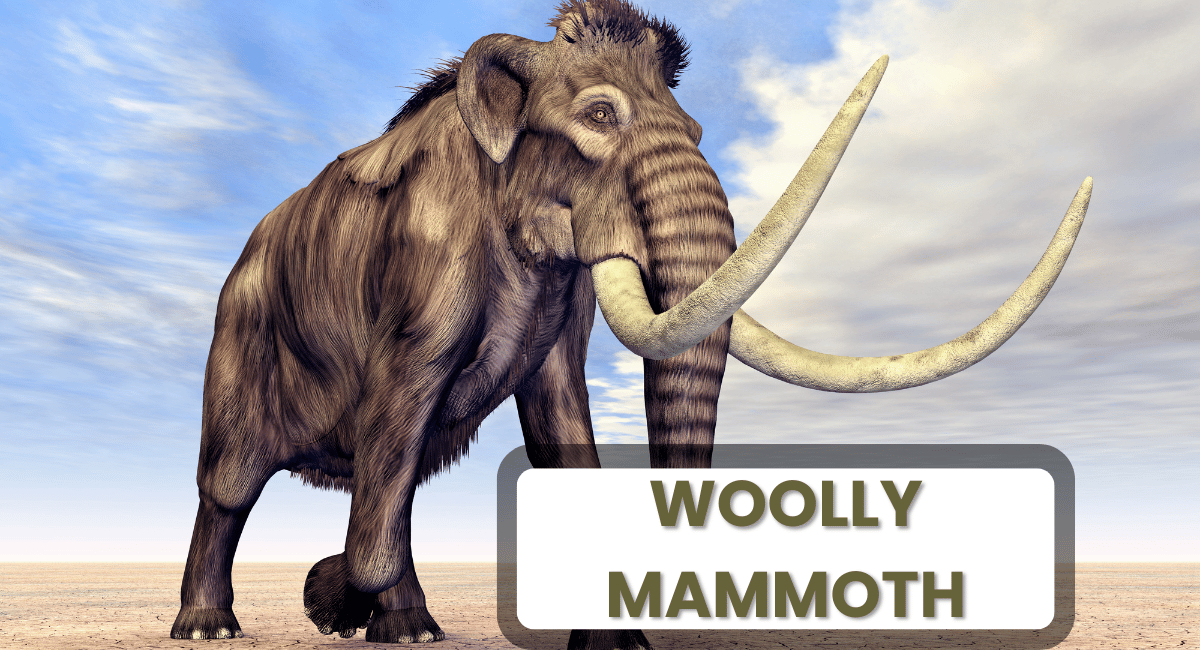
The Woolly Mammoth (Mammuthus primigenius) is one of the most iconic prehistoric creatures, often recognized for its massive size and long, curved tusks. Once roaming the cold tundras of Europe, Asia, and North America, these magnificent beasts stood about 13 feet tall at the shoulder and weighed up to 6 tons. Adapted to their frigid environment, woolly mammoths had a thick layer of fur, a hump of fat on their backs for insulation, and smaller ears to minimize heat loss. As one of the largest animals on Earth, they played a crucial role in their ecosystems, influencing the vegetation and dynamics of their habitats.
Despite their grandeur, woolly mammoths became extinct around 4,000 years ago, primarily due to climate change and human hunting. Their remains have been remarkably preserved in ice and permafrost, providing scientists with valuable insights into their biology and behavior. The study of these largest animals on Earth not only captivates paleontologists but also stirs the imagination of the public. Ongoing research into their genetics has sparked discussions about the possibility of de-extinction, raising ethical and ecological questions about bringing back these magnificent giants of the past.



